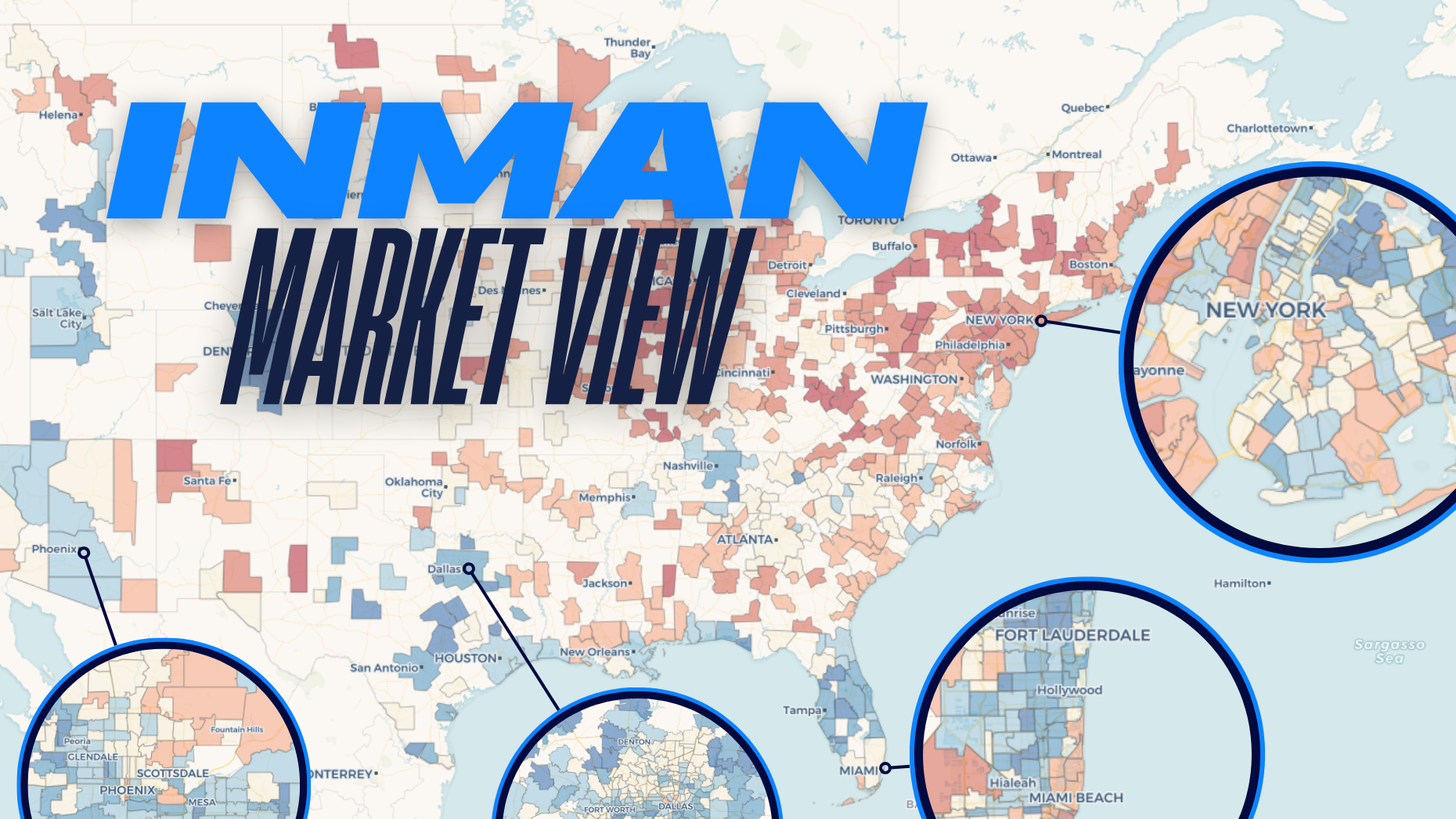RBA Governor Michele Bullock announced another cash rate cut this week. Picture: Christian Gilles / NewsWire
Australia’s appetite for debt has reached new heights, with the average mortgage swelling to record levels in the wake of three consecutive interest rate cuts this year.
New ABS lending figures showed the homebuyers over the June quarter were taking on an average of $18,000 more in debt than in March, sending loan sizes to new heights in most states.
Canstar insights director Sally Tindall described the increases as pushing mortgages to “eye watering levels”.
The average new mortgage across the country was now just shy of $680,000 – a new record – but there were wide variances across states.
MORE: Wild way Aussie scored home for just $4000
Prices have been rising again and auction activity increasing since the first cut this year. Picture: Sam Ruttyn
NSW had the largest average new loan size for owner-occupiers at $816,000, another record, after a rise of $21,000 between the March and June quarters.
Western Australia’s average loan hit an all-time high of $620,000, recording the biggest growth out of the states and territories in both percentage and dollar terms at a respective $26,000 and 4 per cent.
Other states hitting record-high average new loan sizes were Victoria, Queensland and South Australia.
The Reserve Bank reduced the cash rate in February, May and again this month, bringing it to its lowest level in two years.
MORE: Huge salary that’s now too low to buy a home
Auction clearance rates in Sydney and Melbourne went over 70 per cent last week, conditions that typically fuel more price rises. Photo: Tom Parrish
Most banks have passed on the savings for the first two cuts in full, with many passing on the latest August cut, handing borrowers their cheapest loans since 2023.
But while the cuts were designed to stimulate spending and ease cost-of-living pressures, they have unleashed an unexpected side effect — a rush of buyers into the housing market.
Real estate agents say many Australians, buoyed by cheaper credit, are stretching their budgets further than ever before.
There’s also a growing perception among would-be homeowners that they must buy now before property prices rise.
That sentiment is creating a self-reinforcing cycle: the fear of missing out prompts aggressive bidding, pushing up prices, which in turn drives more buyers to take on even larger loans.
Canstar’s Sally Tindall said debts were reaching eye-watering levels in some cities. Picture: Tim Hunter.
Analysts warned the trend could leave households dangerously exposed if rates rise again or the economy slows.
Ms Tindall said lower interest rates could be tempting homebuyers to borrow more.
“That’s not necessarily a good thing,” she said. “Any boost in borrowing capacity should be taken with a healthy dose of caution.
“Just because the bank says you can borrow more money, doesn’t automatically make it a good idea.”
Canstar data showed a 0.25 per cent cut in interest rates, like the one announced this week, would boost a typical buyer’s borrowing capacity by $12,000. Three cuts translated to a boost of $35,000.
Ms Tindall said recent interest rate cuts often had a limited effect in helping ease the strain of repayments because new buyers were simply taking on more debt.
“When the cost of borrowing falls, some buyers use it to bid higher at auction, particularly in sought-after property hotspots. This is exactly what we’re seeing play out in the latest ABS data,” she said.
“This third cash rate cut is also likely to encourage more buyers into the market, with further confirmation the days of higher interest rates are now firmly in the rear-view mirror.”
MORE: 650 stores shut: Big Aus brand collapses
Australians were already struggling with high mortgage bills for loans at much lower values than those being taken out this year.
Ms Tindall said buyers should keep the bigger picture in mind when considering how much to borrow.
“Before you take out a new mortgage, check what your repayments might look like if interest rates rose by three percentage points. While this kind of scenario is highly unlikely in the near future, a home loan is for up to three decades and a lot can happen in this time.”
Research from Finder.com.au showed many existing homeowners were already struggling with their debts from purchases made years ago – with loans much smaller than new buyers were taking out this year.
The study showed mortgage repayments were swallowing more than half the monthly income of about one in five Aussie homeowners, who now face tough financial decisions to keep their homes.
About three quarters of mortgage holders surveyed in the Finder.com.au research were spending over a third of their household income on repayments – defined as “mortgage stress”.
Federal Treasurer Jim Chalmers has welcomed the latest cut because it will help existing homeowners with the cost of living. Picture: NewsWire / Martin Ollman
This was despite the February cut to interest rates and a recent frenzy of refinancing activity as homeowners sought to cash in on cheaper loans.
Mortgage stress levels were now at a “crisis point”, according to Finder, which pointed to additional research that showed about one in 10 homeowners had missed a repayment in the last six months.
Finder home loans expert Richard Whitten said many households would need a lot more support than just another interest rate cut to stay afloat.
“The loan to income ratio has blown way out with millions teetering on the edge due to mortgage stress,” Mr Whitten said. “Unexpected costs could spell serious financial trouble for many homeowners.”



















 English (US) ·
English (US) ·